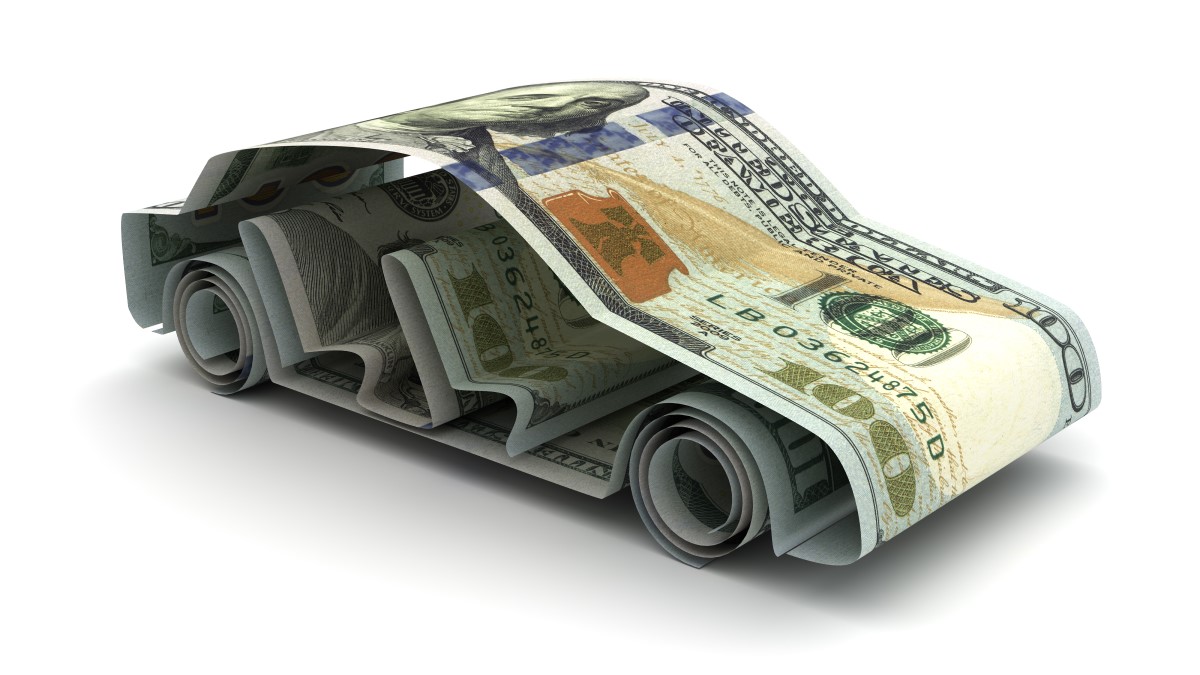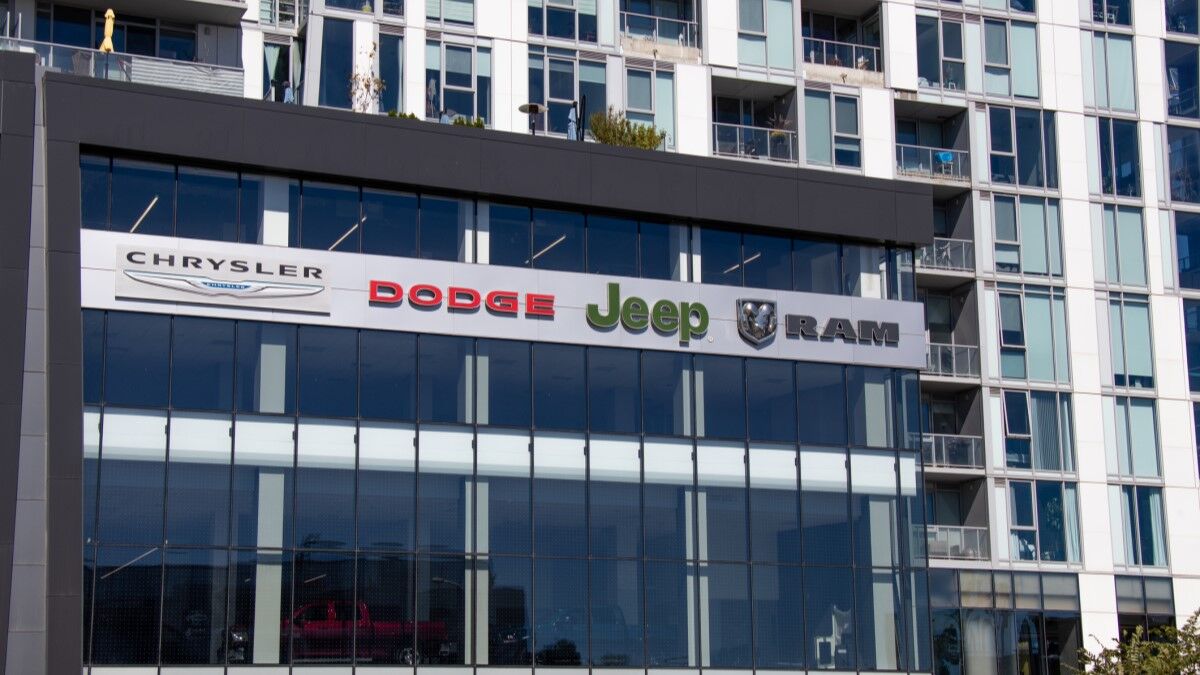It’s been getting easier for Americans to buy a new car all year. That is over.
There are many ways to measure affordability. Prices are one way – the average new car sold for $48,699 in April.
But we think time is a better measure. Few Americans can afford to buy a new car with cash. So the Cox Automotive/Moody’s Analytics Vehicle Affordability Index measures how long the average American would need to work to pay off the average new car.
Kelley Blue Book parent company Cox Automotive publishes the index.
It has been full of good news for most of 2025. The index reached its lowest level in 45 months in March. But that progress reversed sharply in April.
Related: Is Now the Time to Buy, Sell, or Trade-in a Car?
The index hovered between 33 and 36 weeks for most of a decade before the COVID-19 pandemic upset the worldwide economy. It had nearly recovered to something like normalcy — 36.3 weeks — before massive U.S. tariffs kicked off a new trade war.
In April, it jumped suddenly to 37.3 weeks.
“New-vehicle affordability declined in April to the worst level yet this year as the bite of higher prices and lower incentives turned around an improving trend,” said Cox Automotive Chief Economist Jonathan Smoke. “After steady improvements in affordability throughout 2025, we saw a significant setback in April with median weeks of income needed to buy an average new vehicle increasing by a full week.”
The estimated average auto loan rate increased slightly in April by four basis points to 9.77%, which was 92 basis points lower year over year. According to Kelley Blue Book, the average new vehicle price increased 2.5% for the month. Income growth remained relatively strong but was insufficient to offset the impact of higher prices and lower incentives.
In April, the average payment rose by 3.0% to $753, marking the highest monthly payment since December. The record monthly payment remains $795, set in December of 2022.








